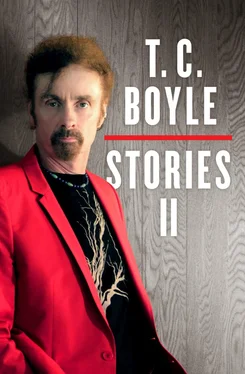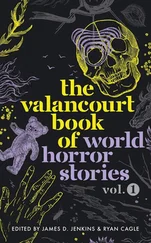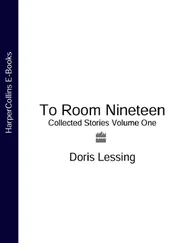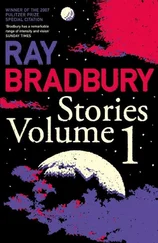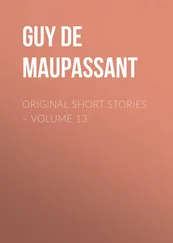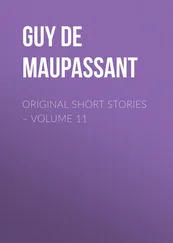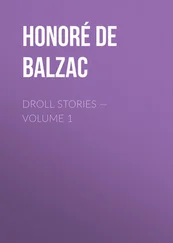He nodded in a vague way, which led me to believe he hadn’t looked all that closely. It was a scorpion — that was enough for him. “How many do you have?” he asked, striding along without the slightest suggestion of a limp.
I should say, incidentally, that I’m an amateur entomologist — or, more specifically, arachnologist — and that scorpions are my specialty. I collect them in the way a lepidopterist collects butterflies, though my specimens are very much alive. In those days, I kept them in terraria in the back room of the clinic, where they clung contentedly to the undersides of the rocks and pottery shards I’d arranged there for their benefit.
“Oh, I don’t know,” I said. We were just then passing a group of urchins goggling at us from an alleyway, and they all, as one, called out his name — and not in mockery or play, but reverentially, in homage. He was, I was soon to discover, a kind of hero among them.
“Ten?” he guessed. He was wearing sandals. His feet shone in the glare of the sunlight, kicking out ahead of him on the paving stones. It was very hot.
“Oh, a hundred or more, I’d say. Of some twenty-six species.” And then, slyly: “If you have the time, I’ll show you them all.”
Of course, I insisted on first treating the burn as a kind of quid pro quo. It wouldn’t do to have him dying of a bacterial infection, or of anything else for that matter — for humanitarian reasons certainly, but also with respect to the treasure he was carrying for all of mankind. His excitement was palpable as I led him into the moist, dim back room, with its concrete floor and its smell of turned earth and vinegar. The first specimen I showed him— Hadrurus arizonensis pallidus, the giant desert scorpion, some five inches long and nearly indistinguishable in color from the sand it rested on — was clutching a cricket in its pedipalps as I lifted the screen at the top of the terrarium. “This is the largest scorpion in North America,” I told him, “though its venom is rather weak compared to what Centruroides exilicauda delivers. The bark scorpion, that is. They live around here too and they can be very dangerous.”
All he said was, “I want to see the poison one.”
I had several specimens in a terrarium set against the back wall and I shut down the lights, pulled the shades and used a black light to show him how they glowed with their own natural phosphorescence. As soon as I flicked on the black light and he’d had a moment to distinguish the creatures’ forms as they crawled round their home, he let out a whoop of delight and insisted on shining it in each of the terraria in succession until he finally led me back to Centruroides. “Would they sting me?” he asked. “If I reached in, I mean?”
I shrugged. “They might. But they’re shy creatures and like most animals want to avoid any sort of confrontation — and they don’t want to waste their venom. You know, it takes a great deal of caloric resources to make the toxin — they need it for their prey. So they can eat.”
He turned his face to me in the dark, the glow of the black light erasing his features and lending a strange blue cast to his eyes. “Would I die?” he asked.
I didn’t like where this was leading — and I’m sure you’ve already guessed what was to come, the boy who feels no pain and the creatures who come so well equipped to inflict it — and so I played up the danger. “If one were to sting you, you might become ill, might vomit, might even froth at the mouth. You know what that is, frothing?”
He shook his head.
“Well, no matter. The fact is, a sting of this species might kill someone very susceptible, an infant maybe, a very old person, but probably not a boy of your age, though it would make you very, very sick—”
“Would it kill my grandfather?”
I pictured the grandfather. I’d seen him dozing behind the stall on occasion, an aggregation of bones and skin lesions who must have been in his nineties. “Yes,” I said, “it’s possible — if he was unlucky enough to step on one on his way to the bathroom one night…”
It was then that the bell sounded in the clinic, though we were closed, except for emergencies, during the afternoon. I called for Elvira, but she must have been taking her lunch in the garden or dozing in the apartment upstairs. “Come with me,” I said to the boy and I led him out of the back room, through the examining room and into the office, where I found one of the men of the neighborhood, Dagoberto Domínguez, standing at the counter, his left hand wrapped in a bloody rag and a small slick gobbet of meat, which proved to be the tip of his left index finger, clutched in the other. I forgot all about Dámaso.
When I’d finished bandaging Señor Domínguez’s wound and sent him off in a taxi to the hospital with the tip of his finger packed in ice, I noticed that the door to the back room stood open. There, in the dark, with the black light glowing in its lunar way, stood little Dámaso, his shirt fluorescing with the forms of my scorpions — half a dozen at least — as they climbed across his back and up and down the avenues of his arms. I didn’t say a word. Didn’t move. Just watched as he casually raised a hand to his neck where my Hadrurus —the giant — had just emerged from the collar of his shirt, and I watched as it stung him, repeatedly, while he held it between two fingers and then tenderly eased it back into its cage.
—
Was I irresponsible? Had I somehow, in the back of my mind, hoped for just such an outcome — as a kind of perverse experiment? Perhaps so. Perhaps there was that part of me that couldn’t help collapsing the boundary between detachment and sadism, but then did the term even apply? How could one be sadistic if the victim felt nothing? At any rate, from that day on, even as I wrote up my observations and sent them off to Boise State University, where Jerry Lemongello, one of the world’s premier geneticists and an old friend from my days at medical school in Guadalajara, had his state-of-the-art research lab, Dámaso became my constant companion. He seemed to revel in the attention Elvira and I gave him, coming as he did from a large and poor family, and over the course of time he began to dine with us frequently, and even, on occasion, to spend the night on a cot in the guest bedroom. I taught him everything I knew about scorpions and their tarantula cousins too and began to instruct him in the natural sciences in general and medicine in particular, a subject for which he seemed to have a special affinity. In return he did odd jobs about the place, sweeping and mopping the floors of the clinic, seeing that the scorpions had sufficient crickets to dine on and the parrot its seed and water and bits of fruit.
In the meantime, Jerry Lemongello pressed for a DNA sample and I took some scrapings from inside the boy’s mouth (which had been burned many times over — while he could distinguish hot and cold, he had no way of registering what was too hot or too cold) and continued my own dilatory experiments, simple things like reflex tests, pinpricks to various parts of the anatomy, even tickling (to which he proved susceptible). One afternoon — and I regret this still — I casually remarked to him that the paper wasps that had chosen to build a massive nest just under the eaves of the clinic had become a real nuisance. They were strafing my patients as they ducked through the screen door and had twice stung poor Señora Padilla in a very tender spot when she came in for her medication. I sighed and wished aloud that someone would do something about it.
When I glanced out the window fifteen minutes later, there he was, perched on a ladder and shredding the nest with his bare hands while the wasps swarmed him in a roiling black cloud. I should have interfered. Should have stopped him. But I didn’t. I simply watched as he methodically crushed the combs full of pupae underfoot and slapped the adults dead as they futilely stung him. I treated the stings, of course — each of them an angry swollen red welt — and cautioned him against ever doing anything so foolish again, lecturing him on the nervous system and the efficacy of pain as a warning signal that something is amiss in the body. I told him of the lepers whose fingers and toes abrade away to nothing because of the loss of feeling in the extremities, but he didn’t seem to understand what I was driving at. “You mean pain is good?” he asked.
Читать дальше
